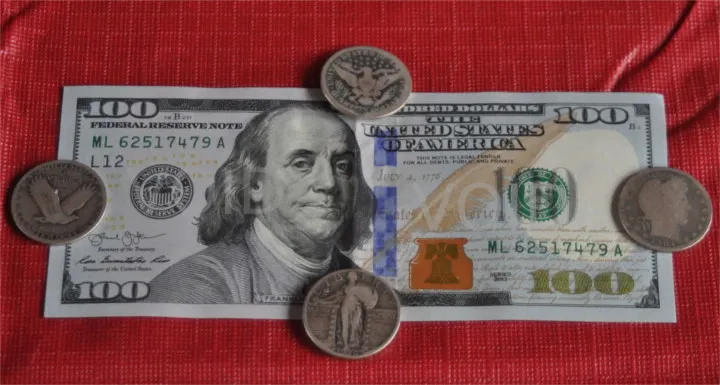
A dozen years ago I attended a presentation about monetary reform. A group of people who favored precious metals gave an interesting lecture in which they described the lauded Federal Reserve Note as a "Ponzi Scheme."
I immediately balked at the description. Like most people, I associated the term "Ponzi Scheme" with deceit. The people who create Ponzi schemes are intent on committing fraud.
The problem with the naive definition is that I can't read other people's mind. It is impossible for me to know if a person intended to commit fraud.
A definition which hinges on the intent of others is useless. For a definition to be useful, it needs to be based on the structure of a system and not simply on the intent of the people who created the system.
The person giving the lecture said that telling feature of a Ponzi scheme was that the equity behind an investment has no intrinsic value and that the payoff for early investors comes from current investors. Current investors are hoping that future investors fail to scrutinize the equity.
The hundred dollar bill picture above is just a piece of paper. There is no intrinsic value to the paper. In the long run, the silver quarters used as a paper weight in the photo will be worth more than the hundred dollar bill.
This is essentially the way that fiat currencies work: There is no intrinsic value in the hundred dollar bill pictured above. The value stored in that piece of paper is simply my hope that the grocery store will value it when I go to buy food.
The Federal Reserve Note has worked with only minor inflation for over a century. So, I guess it is possible to create a somewhat stable Ponzi Scheme.
The lecturer went on to say that a reason Federal Reserve notes hold value is that people have to pay their taxes in the notes. This forces people to accumulate dollars. The Federal Reserve is using the coercive power of government to create a relatively stable Ponzi Scheme.
I have heard other pundits claim that Social Security is a Ponzi Scheme. Social Security doesn't invest money. The payouts received by the existing generations of retirees is coming from current workers. Again, we are using the coercive power of government to create a seemingly stable Ponzi Scheme. (Please ignore the National Debt).
I like the presenter's definition. I prefer definitions based on discernible structures to those based on our judgments of other people's intentions.
For example, I contend that it is possible for a person with good intentions to create a Ponzi scheme. It appears that many Ponzi schemes began with people who did not understand accounting. They over reported earnings or tried to hide a loss. They tried to fudge the books and were soon drawn into a routine of fudging books.
Many Ponzi schemes start out as attempts to create pension plans or insurance policies. The investors under estimate future payouts and then begin the fudging the books.
Such people are not driven by an intent to deceive.
I once hired on at a company developing VOIP products. I later learned that the company sought to sell the product through an MLM structure. I do not believe that the marketers were motivated by the intent to deceive. They ended up creating a pyramid in which the people at the top of the pyramid made out like bandits and every one suckered into the pyramid lost their investment. The pyramid collapsed.
It was not the intention of the company to create a failed pyramid. It was the structure of the MLM that caused the company to go bad. I guess I should note. I live in Utah. The people at the top of the pyramid were LDS Bishops. They appeared to be honest and forthright. Certainly, such good conservative people would never intentionally lie to a large number of investors. They intended to create a pyramid that would bring wealth to the masses.
People can have great intentions, but still create bad structures.
The second great thing about the structural definition is that once people understand the structural definitions, they will start finding Pyramid and Ponzi-structures are built into many investments. In such cases one attaches a ponzi-like structure or pyramid-scheme to a legitimate investment. The investors get snookered in by the legitimate investment but are taken by the ponzi-structure attached to the legitimate structure.
For example, we can look at venture capital. In some cases the first wave of venture capitalists have an exclusive focus on the IPO. The venture capitalists will spend their capital propping up the books of the firm. They make their money on over valued stock during the IPO. The people who bought the IPO find out later that they are holding an empty bag.
Anyway, I found the lecture that called the Federal Reserve Note a Ponzi Scheme to be extremely value. It highlights an intrinsic weakness of fiat currencies. It highlights the need to diversify and look at the structure of investments before investing. Since hundred dollar bills are not backed by anything, I would not want much money invested in paper currency.